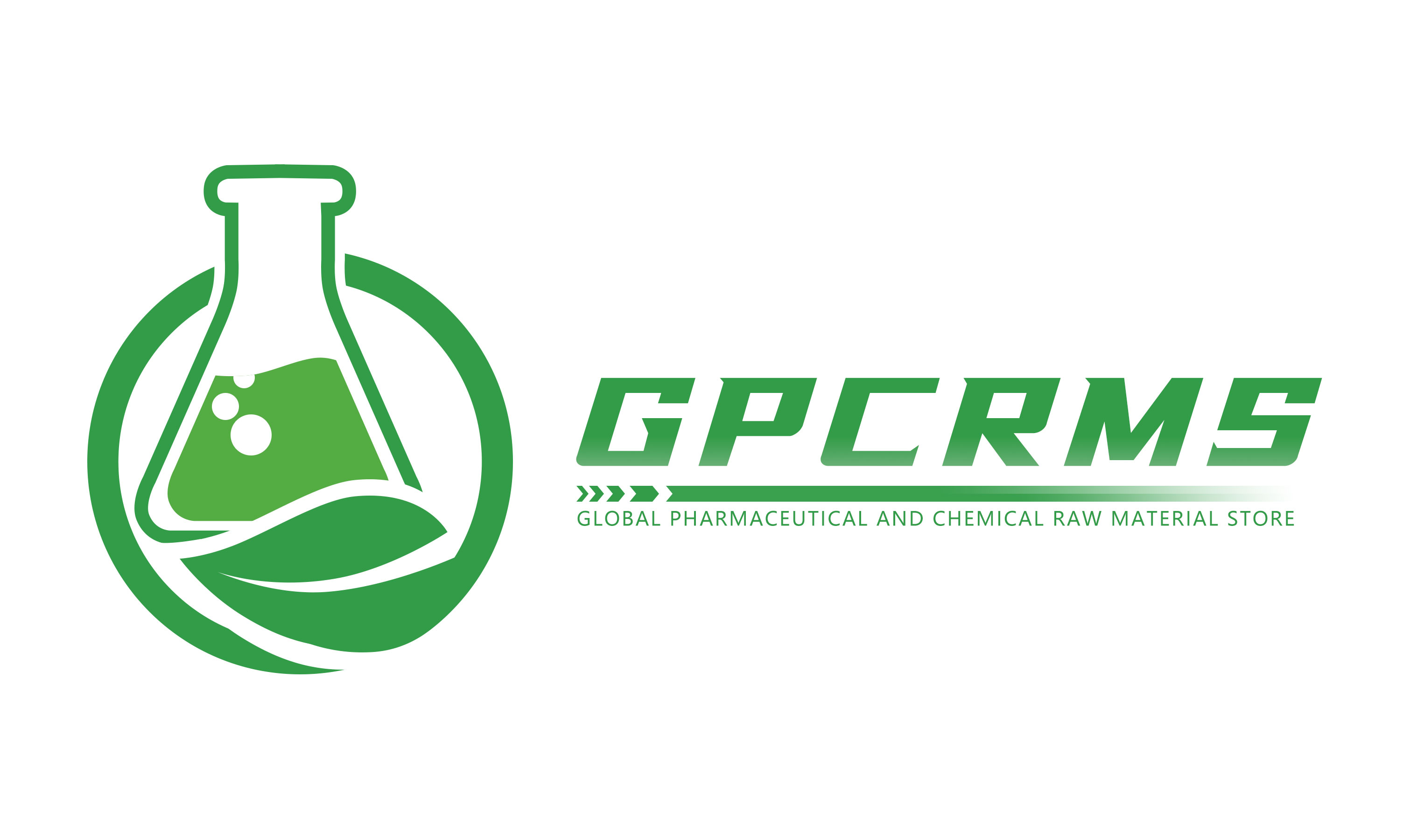Exploring the GPCRMS Lab High-Temperature Reactor
In chemical reaction processes, the control of temperature is critical for achieving desired outcomes. While most reactions can be conducted at moderate temperatures, some reactions demand significantly higher temperatures. This is where high-temperature reactors come into play, and in the GPCRMS Lab, we utilize such reactors for a variety of advanced chemical experiments.
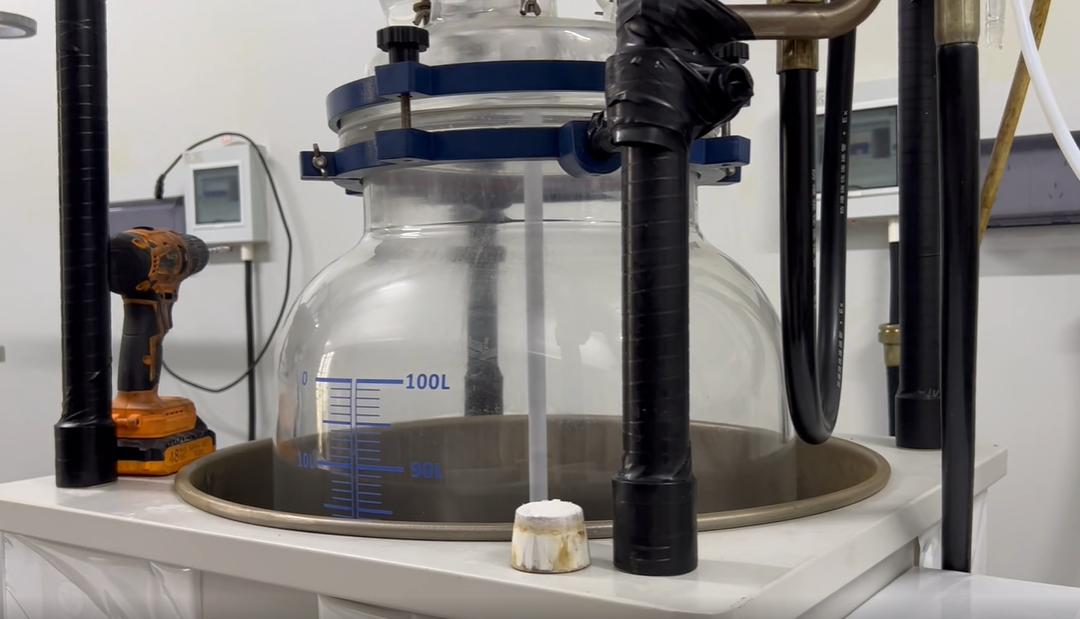
As we briefly touched on earlier, the standard reactor in the lab can achieve temperatures up to 80 degrees Celsius. However, certain high-temperature chemical reactions require much higher temperatures to initiate or sustain the reaction. This is why we employ high-temperature reactors that are designed to withstand and operate at elevated temperatures, allowing us to conduct reactions that would otherwise be impossible in lower-temperature conditions.
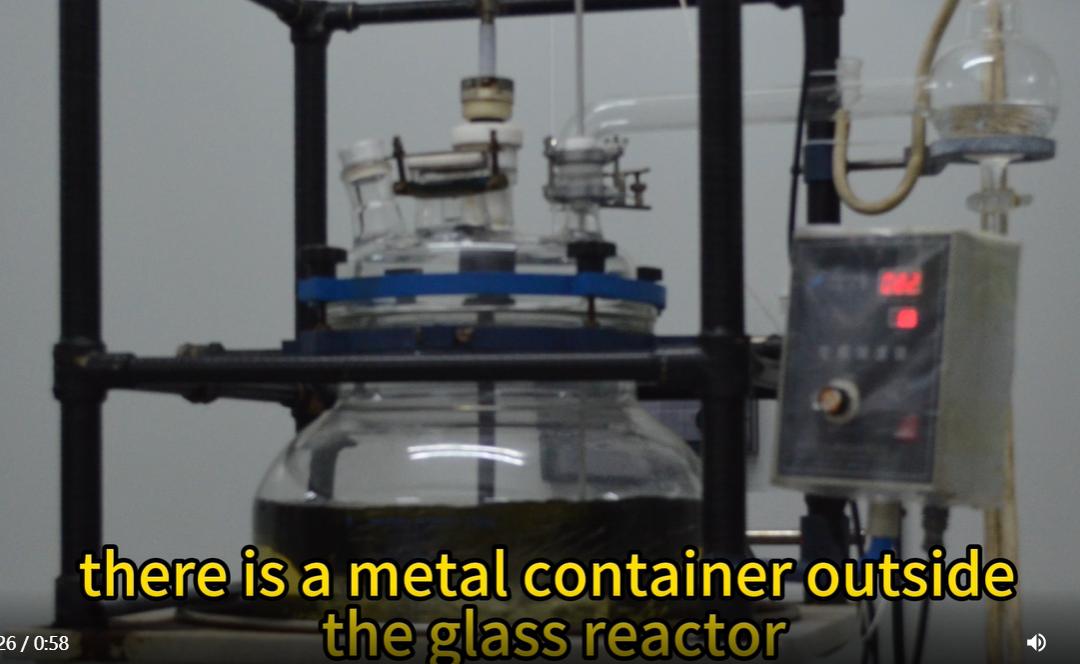
Now, let’s take a closer look at the high-temperature reactor and explore its unique features. If you follow me, you will notice that the most prominent difference between this reactor and a regular glass reactor is the presence of an outer metal container that encases the glass reactor. This outer container is filled with oil, which serves as the medium for heat transfer. By heating the oil, we can elevate the temperature of the reactor, enabling it to reach a maximum temperature of 200 degrees Celsius. This is essential for conducting reactions that require much higher temperatures than what can be achieved with traditional glass reactors.
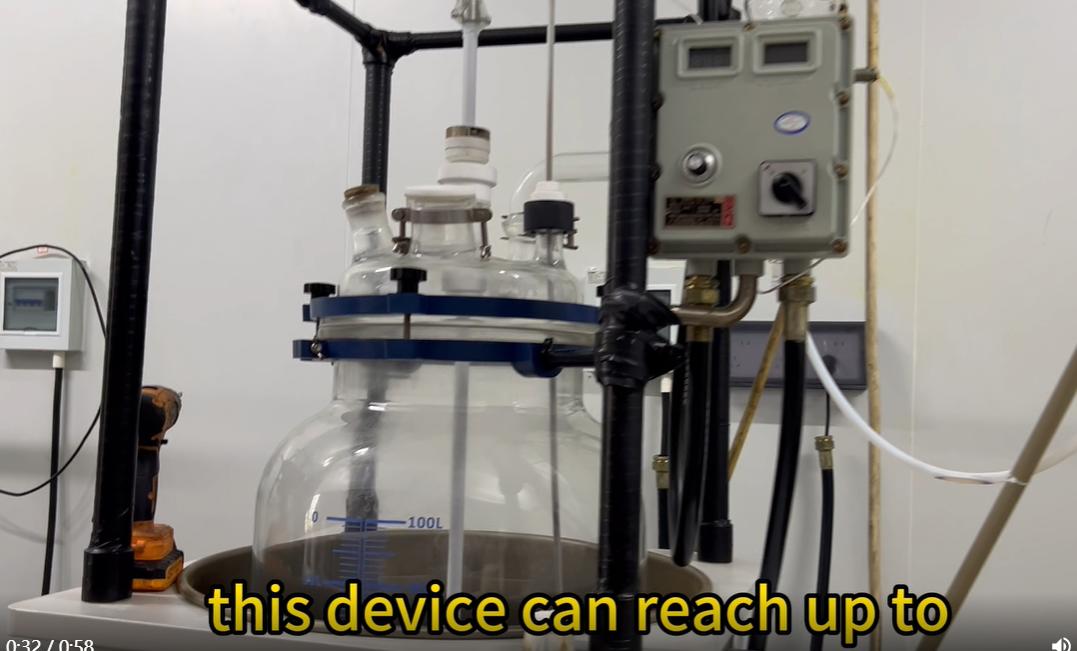
One common characteristic of high-temperature reactions is the generation of steam. As the reaction proceeds, the liquid in the reactor may evaporate, creating steam that can potentially interfere with the process. Therefore, managing this steam is a crucial part of maintaining control over the reaction conditions.
To address this challenge, the high-temperature reactor is equipped with a condenser. The condenser is designed to cool down the steam by reducing its temperature. As the steam cools, it condenses back into liquid form. If this liquefied substance is still useful for the ongoing reaction, it can be recycled and returned to the reactor vessel, ensuring that no valuable materials are wasted. However, if the condensed liquid is no longer needed, the system is designed to dispose of it safely through a piston mechanism, ensuring that only the desired substances remain in the reaction.
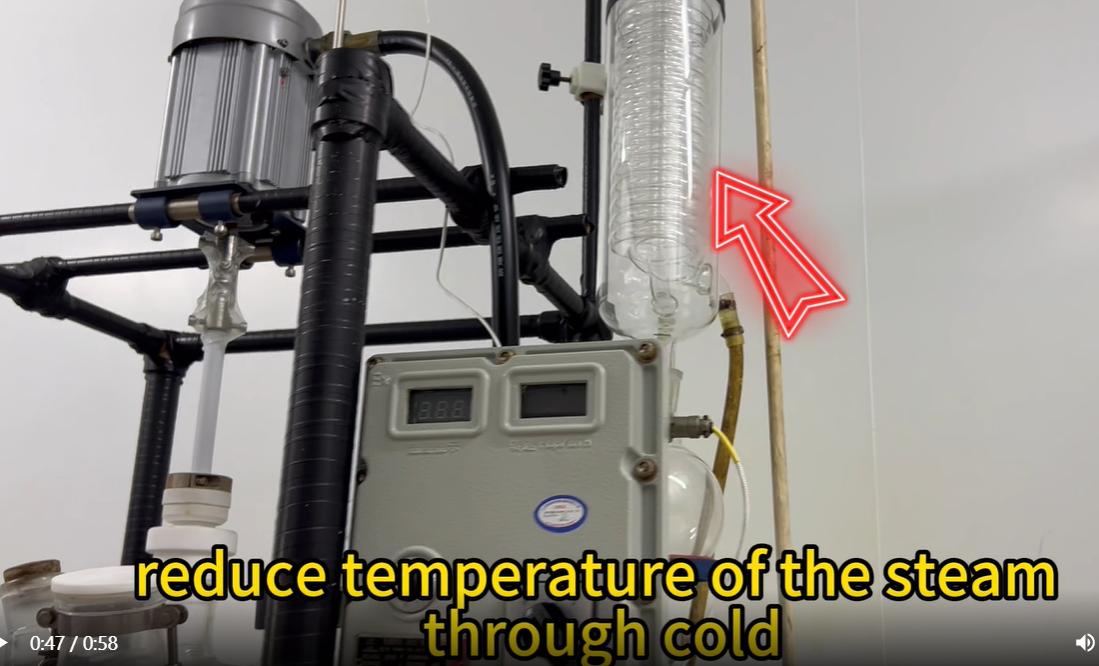
The ability to recycle or discard the condensed material depending on its usefulness is an important feature of the high-temperature reactor. It helps maintain efficiency in the reaction process and ensures that we can work with the specific conditions required for each experiment. By having such precise control over temperature and the management of by-products like steam, the high-temperature reactor plays a vital role in facilitating complex chemical reactions.
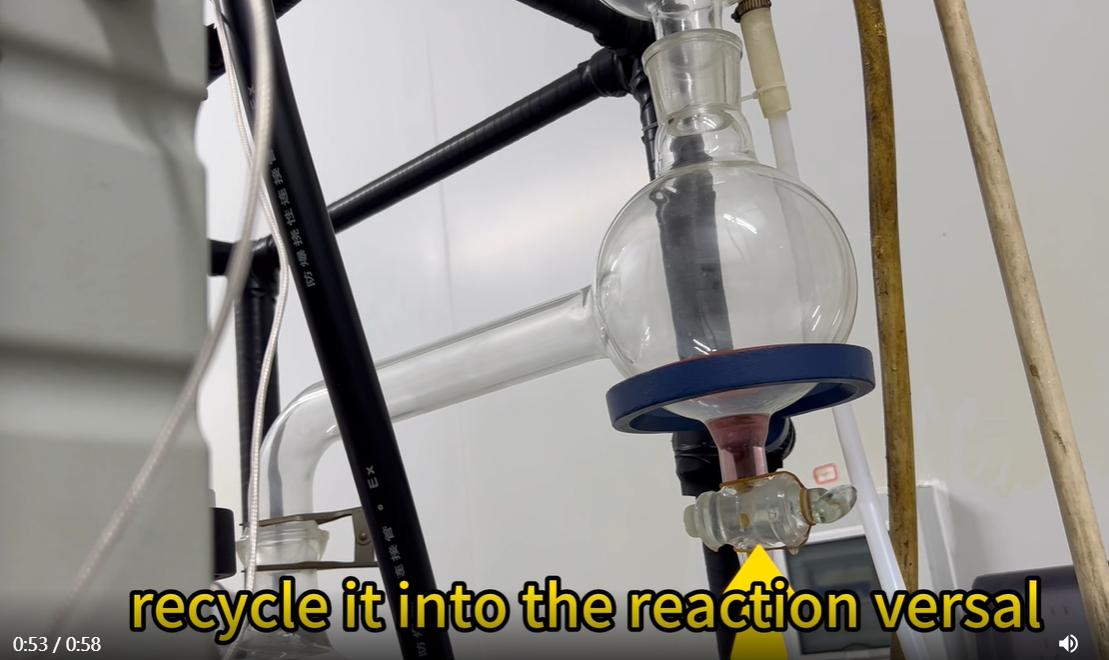
In conclusion, high-temperature reactors, like the one in our GPCRMS Lab, are essential for performing advanced chemical reactions that require temperatures beyond the capabilities of standard reactors. The combination of oil-filled heat transfer, steam management through condensation, and the ability to recycle or dispose of materials ensures that these reactions are conducted safely and efficiently. This sophisticated equipment is a cornerstone in our laboratory’s ability to perform cutting-edge chemical research.
